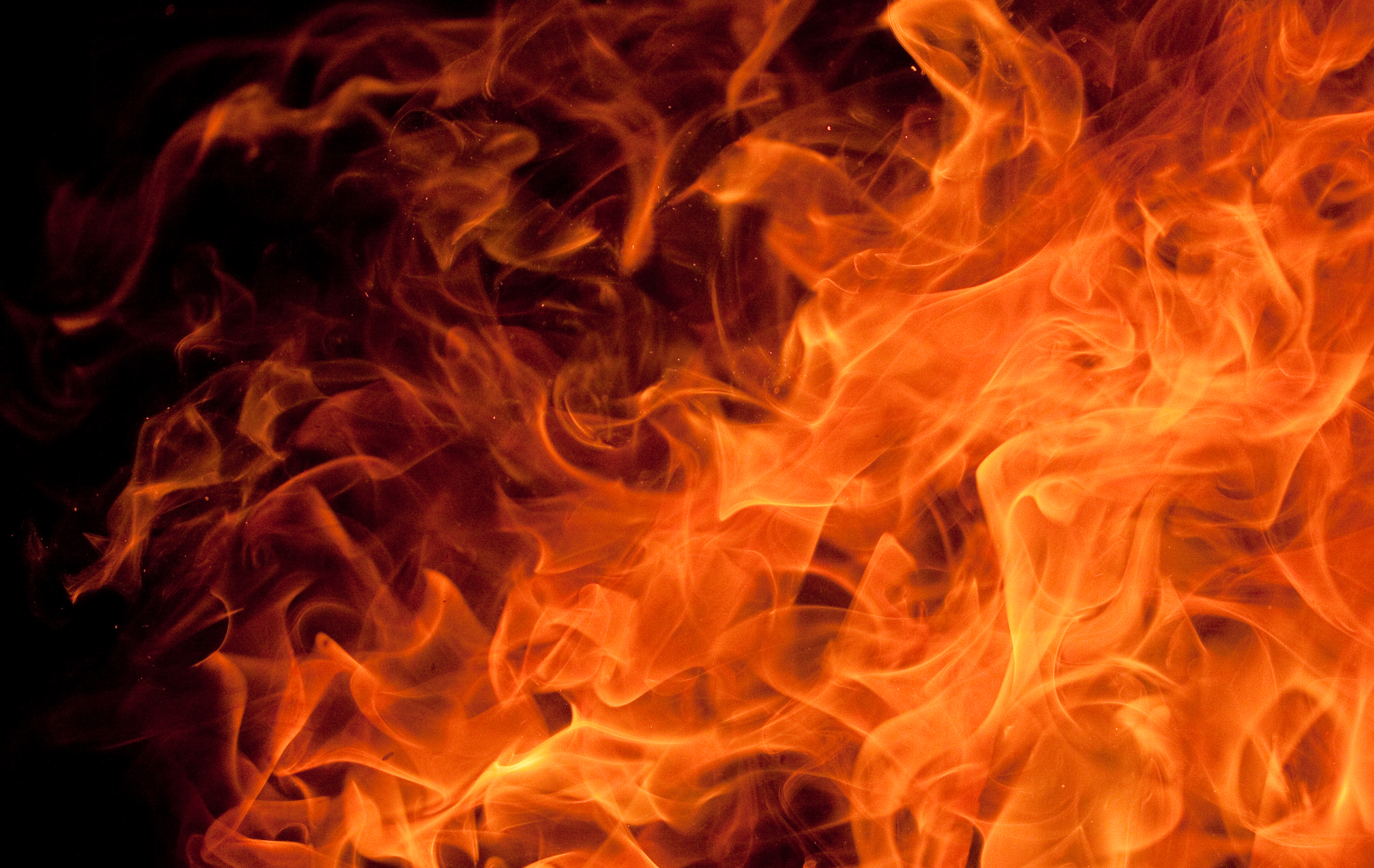CROWN POINT, N.Y. — The Lake Champlain Bridge linking New York and Vermont crashed into the lake Monday, as controlled explosions brought down the unsafe 80-year-old span that was the first of its kind used for highway traffic and a design that was duplicated on numerous other bridges.
Snow fell and a small group of onlookers watched as the 2,184-foot-long link between Crown Point, N.Y., and Addison, Vt., was dropped into the water and ice at the narrow south end of the lake Monday morning.
There was a sharp concussion followed by billowing smoke as steel and concrete fell, with a section of pavement at the arched center of the bridge teetering and then falling into the channel below.
The destruction wasn't visible from public viewing areas available two miles away on the lake's New York shore, but the onlookers were startled by the sound of the explosions merging into what seemed to be a single, large blast.
The decades old bridge was closed Oct. 16, when engineers deemed it wasn't safe because of severe erosion in its concrete piers.
The implosion was the start of a nearly two-year project to replace the bridge, which stood about 100 miles north of Albany. The demolition conducted by Coeur d'Alene, Idaho-based Advanced Explosives Demolition was originally scheduled for last Wednesday, but cold and ice delayed preparations.
AED's crew spent more than a week placing 800 pounds of explosives packed into more than 500 charges that brought the bridge down in sections. Another crew was to begin removing the tons of bridge debris from the channel, a task that's expected to be completed by the spring when construction of the new span is set to begin.
Local
The new bridge is expected to open in the summer of 2011.
New York transportation officials called the demolition a success.
"The demolition went as planned," said Stanley Gee, the acting transportation department commissioner. "Now we'll start cleaning up. Pretty soon you'll see barges out there trying to remove the large sections of the bridge that went down in the main channel."
No one was allowed within 1,000 feet of the blast area. Two public viewing areas were available on the New York shore two miles west of the bridge, and another was set up along a road along the Vermont shore.
Leslie O'Connor was among the several hundred who gathered at one of the public viewing areas in Port Henry, N.Y., hoping to see the bridge implosion. She and her husband drove about an hour from their home in Hudson Falls to witness the event but were stymied by the weather.
"We've watched other implosions on television and were hoping to see something similar," she said. "At least we can say we were there."
New York state transportation department officials closed the bridge in the fall because of severe erosion in its massive concrete piers. New York and Vermont, which share ownership of the bridge, had already determined it needed to be replaced. The bridge, used by about 3,400 vehicles a day, was closed and never reopened, forcing motorists to take 100-mile detours or ride crowded ferries to reach their jobs. Local businesses that rely on bridge traffic have seen revenues plummet.
Opened on Aug. 26, 1929, with a ceremony attended by then-Gov. Franklin D. Roosevelt, the Lake Champlain Bridge was the nation's first long-span continuous truss bridge for highway traffic, and its steel girder arch design was used on numerous other spans.
Measures were taken to protect historic and cultural resources during the demolition, especially on the New York end of the bridge.
The ruins of two 18th-century forts are just off the Crown Point approach to the bridge, along with a newly renovated visitors center at the adjacent historic site. A few hundred yards east of the bridge stands the Champlain Memorial Lighthouse. It also was recently refurbished, and crews used plywood to protect a bronze bust created by French sculptor Auguste Rodin that is mounted on the front of the 100-year-old memorial facing the bridge.



